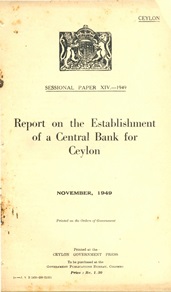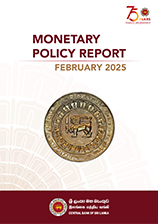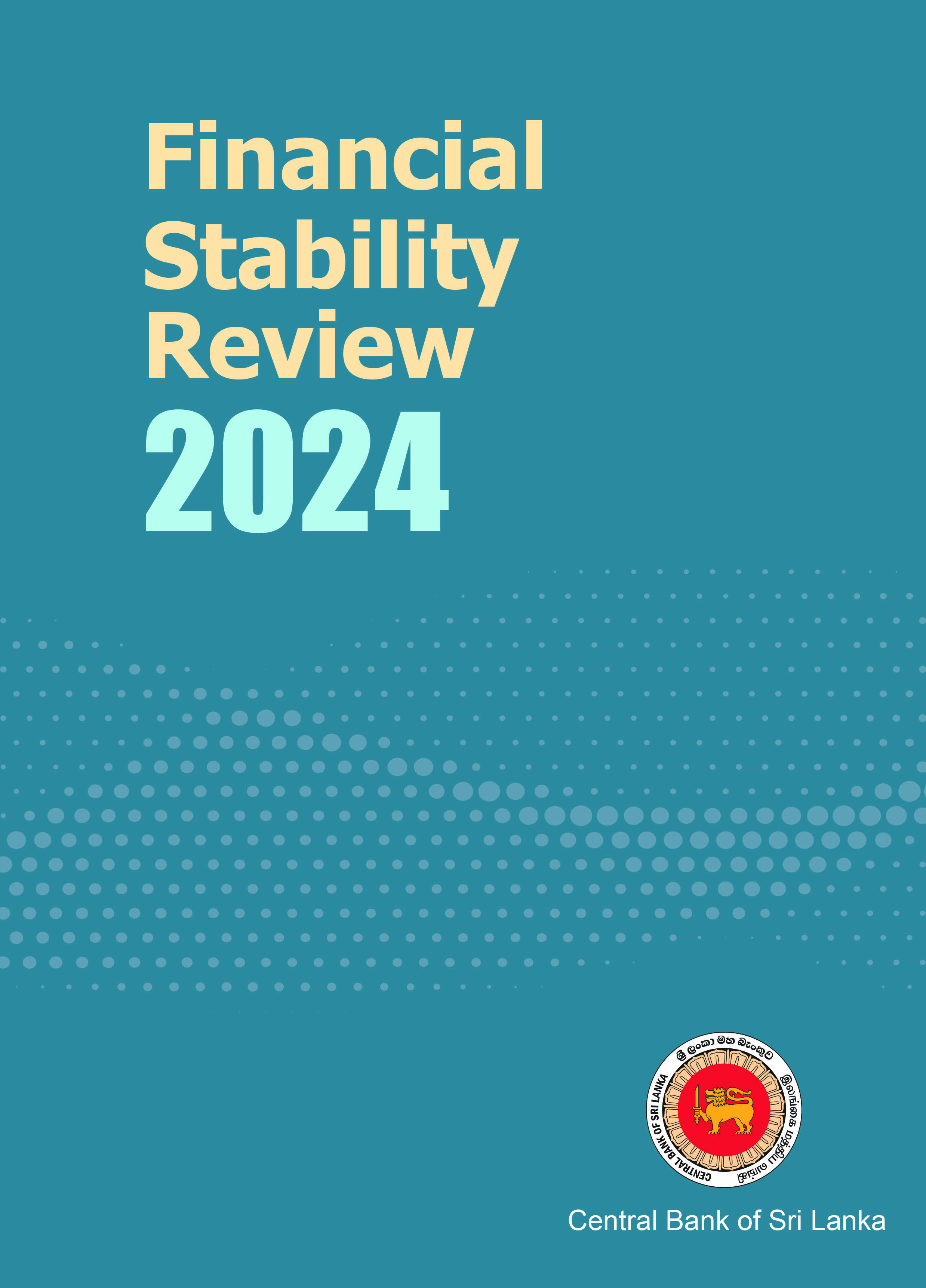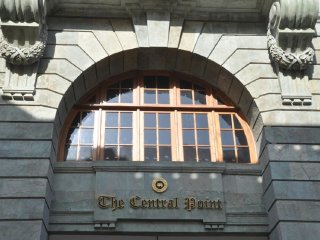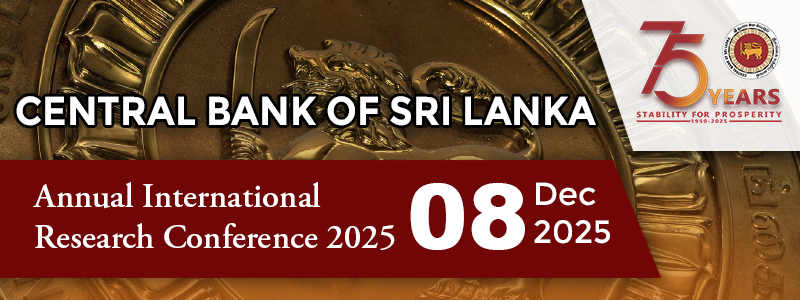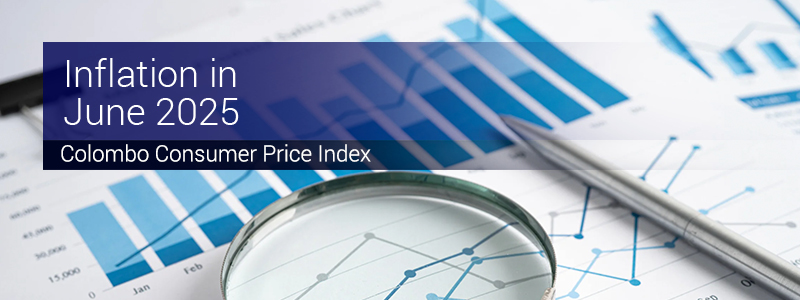Headline inflation as measured by the year-on-year (Y-o-Y) change in the Colombo Consumer Price Index (CCPI, 2013=100) decreased to 4.1 per cent in August 2020 from 4.2 per cent in July 2020. This was mainly driven by the statistical effect of the high base prevailed in August 2019. Food inflation (Y-o-Y) increased to 12.3 per cent in August 2020 from 10.9 per cent in July 2020, whereas Non-food inflation (Y-o-Y) decreased to 0.8 per cent in August 2020 from 1.5 per cent in July 2020.
The change in the CCPI measured on an annual average basis remained unchanged at 4.8 per cent in August 2020.







